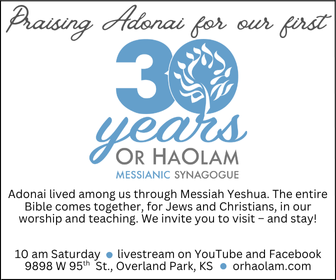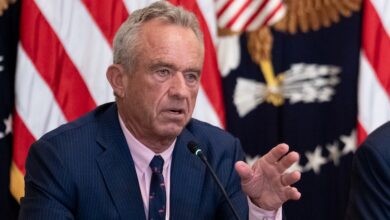Study: 90 percent of U.S. universities restrict speech
Nearly nine in 10 American universities restrict free speech in some form, according to the Foundation for Individual Rights in Education (FIRE’s) 2021 Spotlight on Speech Codes.
The organization looked at the free speech policies of 478 colleges and universities — 372 public institutions and 106 private colleges and universities. Based on a school’s written policies on free speech, it was assigned into one of four categories: Red light, yellow light, green light or warning. Factors examined when compiling the ratings included a university’s policies on “free=speech zones,” hate speech, internet usage, tolerance, respect and civility, harassment, obscenity and security fees.
- A red-light institution maintains “at least one policy both clearly and substantially restricting freedom of speech or bars public access to its speech-related policies by requiring a university password and login for access.” The Ivy League universities of Princeton and Harvard as well as other notable private colleges such as the University of Notre Dame and John Hopkins University were among the 21.3 percent of higher education institutions that received red-light ratings.
- Yellow light institutions maintain “policies that could be interpreted to suppress protected speech or policies that, while clearly restricting freedom of speech, restrict relatively narrow categories of speech.” The Ivy League universities of Columbia and Cornell as well as several schools in the University of California system were among the 65.3 percent of colleges and universities reviewed by FIRE that were given yellow light ratings.
- The warning label, reserved exclusively for private universities, is assigned to a school that “clearly and consistently stated that it holds a certain set of values above a commitment to freedom of speech.” Baylor University and the U.S. Naval Academy were among the 1.7 percent of schools assigned warning labels.
- Colleges and universities awarded green-light ratings have policies that “do not seriously threaten campus expression” but “a green light rating does not necessarily indicate that a school actively supports free expression in practice; it simply means that the school’s written policies do not pose a serious threat to free speech.” Green light institutions, 11.7 percent of those examined by FIRE, include Florida State University, George Mason University and the University of Chicago.
“A decade ago when we put this report together, most of the schools in our database were getting our worst rating,” Laura Beltz, the lead writer of the report, stated, “Now the number of schools that are maintaining those most clearly and substantially restrictive policies are going down, which may surprise folks from things that they hear about the state of free speech on campus.”
Beltz attributed the improvement, in part, to the fact that “a lot of state legislatures are passing free speech-supporting bills that apply to public colleges.” The number of green light schools increased from 50 last year to 56 now.
–Alan Goforth | Metro Voice







